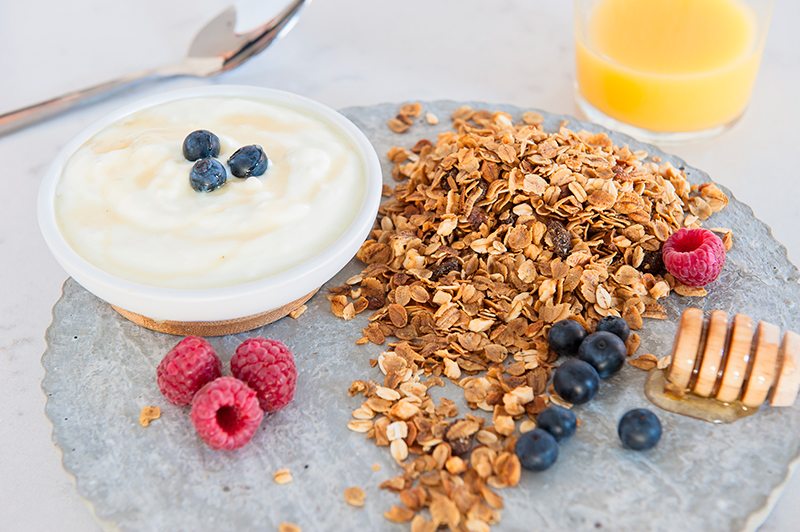Ryuji Nagata,1 Shun Sato,1 Aldrine Kilua,1 Naoki Fukuma,1,2 Yasunori Nakayama,3 Eiichi Kitazono,3 Toshiaki Aoyama,4 Kyu-Ho Han,1,2 and Michihiro Fukushima1
Combined effects of BARLEYmax™ and cocoa polyphenols on colonic microbiota and bacterial metabolites in vitro
What it contains
Dietary fibre consumption has beneficial effects on the gut microbiome. These effects include enhancement of relative abundances of beneficial bacteria and improvements in the gut metabolome. This study examines the effect of various prebiotics in an in vitro model of colonic fermentation using pig faeces.

The study reports increases in the relative abundances of phyla Bacteriodetes and Actinobacteria, and the corresponding genera Prevotella and Bifidobacterium with BARLEYmax®. There was also a decrease in pH, an increase in short chain fatty acids (SCFA) and a decrease in alpha-diversity consistent with previous studies. CPP (cocoa polyphenols) significantly increased the alpha-diversity.
BARLEYmax® also caused an increase in the relative abundance in genus Lactobacillus.
On the other hand, BARLEYmax® and CPP supressed ammonia-nitrogen production. Both substrates also decreased the abundance of genus Clostridum, known as an ammonia producer. In this study the concentration of ammonia-nitrogen was positively correlated with the abundance of Clostrium.spp. Ammonia is regarded as toxic and the report cites a study linking ammonia production and tumorigenesis in the colon as opposed to the SCFA which are generally regarded as inhibitory to such tumorigenesis.





